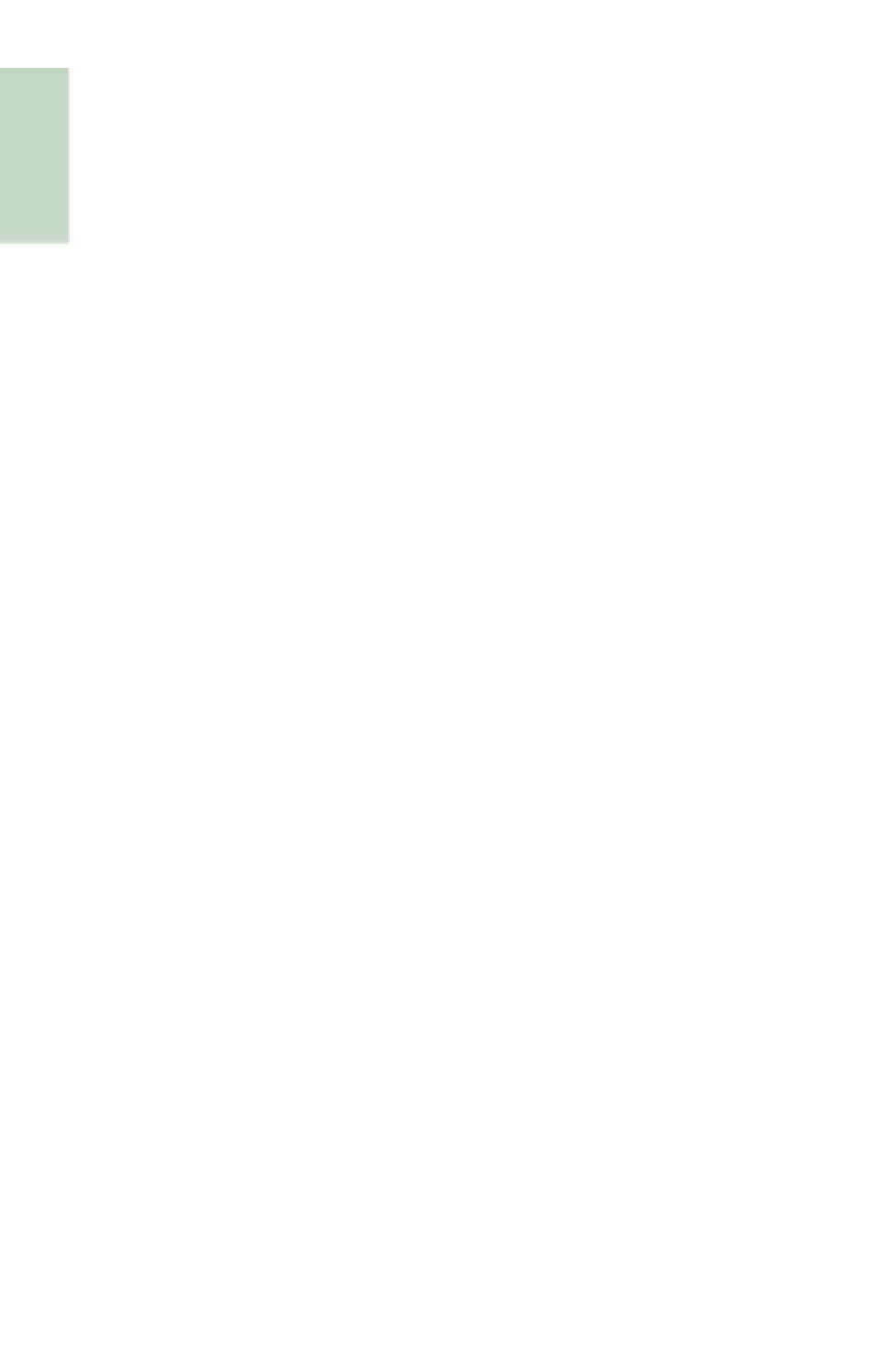Travel Reference
In-Depth Information
9
Museu Alfredo Andersen
Rua Mateus Leme 336 • Mon-Fri 9am-6.30pm, Sat & Sun 10am-4pm • Free •
T
41 3222 8262,
W
maa.pr.gov.br
Dedicated to the work of the eponymous Norwegian-born artist and located in his
former home and studio, the
Museu Alfredo Andersen
is an artistic gem. Although a
gifted painter, Andersen (1860-1935) is hardly known in his native country, in part
because the majority of his artistic output is in Brazil and because his subject matter -
late nineteenth- and early twentieth-century landscapes and rural people - solely
concerned Paraná. The collection is small but gives a decent taster of Andersen's oeuvre
(there are also items from his studio and a self-portrait of 1932), while other rooms
feature temporary exhibitions of local artists. Andersen came to Paraná in 1902,
moving into this house in 1915 and becoming the state's adopted artistic treasure.
Praça Garibaldi and around
Igreja de Nossa Senhora do Rosário: Tues-Fri 1.30-5.30pm, Sat 2-6pm, Sun 8am-noon • Free • Linha Turismo stop #25
Claudino dos Santos ends at
Praça Garibaldi
, dominated by the
Sociedad Garibaldi
,
the elegant palatial-like headquarters of the local Italian society, which were built in
1900, and the handsome Baroque
Igreja
de
Nossa Senhora do Rosário
, built by and for
Curitiba's slave population in the eighteenth century. However, after falling into total
disrepair, the church was demolished and completely reconstructed in the 1940s.
Museu Paranaense and around
Rua Kellers 289 • Tues-Fri 9am-6pm, Sat & Sun 10am-4pm • Free •
T
41 3304 3300,
W
museupr.pr.gov.br
The city's best museum is the
Museu Paranaense
, housed in the beautifully renovated
Neoclassical-style Palácio São Francisco, completed in 1929 (the palace served as the state
governor's residence from 1938 to 1958). The facade is a little dour, but the rooms inside
retain some of their elegance, with period furniture and other rather desultory exhibits -
everything from old coins and notes to the history of
yerba mate
, leading families of the
city and a pristinely restored bathroom. The modern extension next door (connected by
walkway) covers state history in conventional chronological fashion, from prehistoric finds
to sections on the Jesuit missions and a scale model of the town in 1876, showing just how
explosive its growth has been since then. Labelling throughout is in Portuguese only.
The museum overlooks
Praça João Cândido
,
home to the ruins of Igreja de São Francisco
de Paula, as well as the 1915 Art Nouveau
Belvedere
, now smothered in ugly gra
ti.
Jardim Botânico
Rua Eng. Ostoja Roguski 690 •
Jardim Botânico
: daily 6am-9pm (8pm June-Sept) • Free •
T
041 3264 6994,
W
jardimbotanicocuritiba
.com.br •
Museu Botânico
: Mon-Fri 8.30am-noon & 1-5pm, Sat & Sun 9am-6pm • Free •
T
041 3264 7365 • Linha Turismo stop #6; or
take a red express bus from Praça Tiradentes marked “Capáo Comprido/Centenário”
Created in 1991 some 4.5km southeast of the city's
centro histórico
, Curitiba's
Jardim
Botânico
is a high-profile project promoting the city's green image. Laid out in the
formal style of a French garden, its main attractions are its seasonal flowerbeds, gently
wooded grounds,
Art Nouveau greenhouse
featuring Brazilian tropical plants and the
small
Museu Botânico
, notable for its large herbarium. In the 1890s the house was the
home of Paula França, mayor of Curitiba.
Museu Oscar Niemeyer
Rua Marechal Hermes 999 • Tues-Sun 10am-6pm • R$6 •
T
41 3350 4400,
W
museuoscarniemeyer.org.br • Linha Turismo stop #12; bus
to Boqueirão/Centro Cívico
About 3km to the north of Curitiba's
centro histórico
is the
Centro Cívico
, the sprawling
complex of state government buildings with park-like surroundings that was created in
the 1950s. The Centro Cívico itself has little architectural merit, but alongside it is
the stunningly beautiful
Museu Oscar Niemeyer
, by far Curitiba's biggest attraction.
Designed by Niemeyer in 1967 but not constructed until 2003, the building has won
over even the architect's most bitter critics. Like all Niemeyer buildings, the structure is
































































